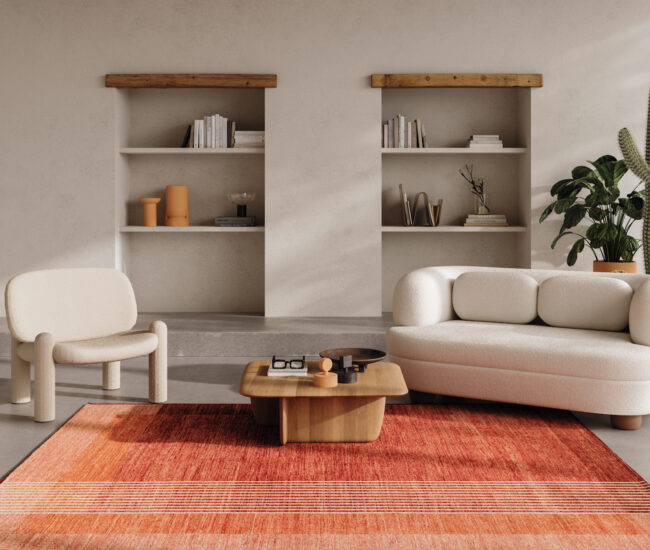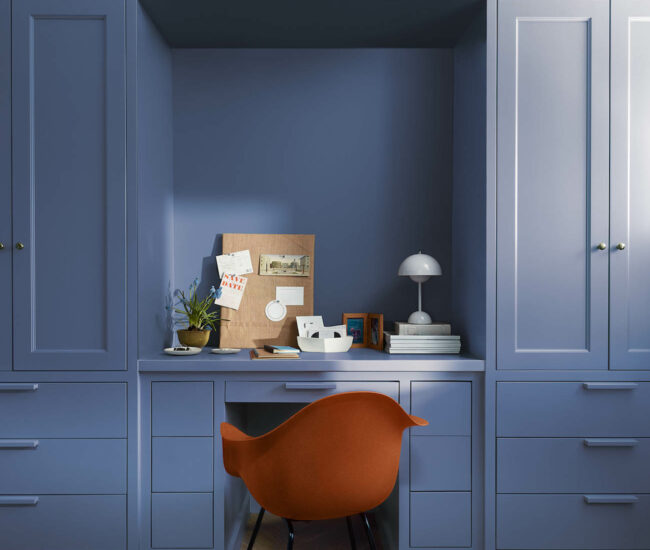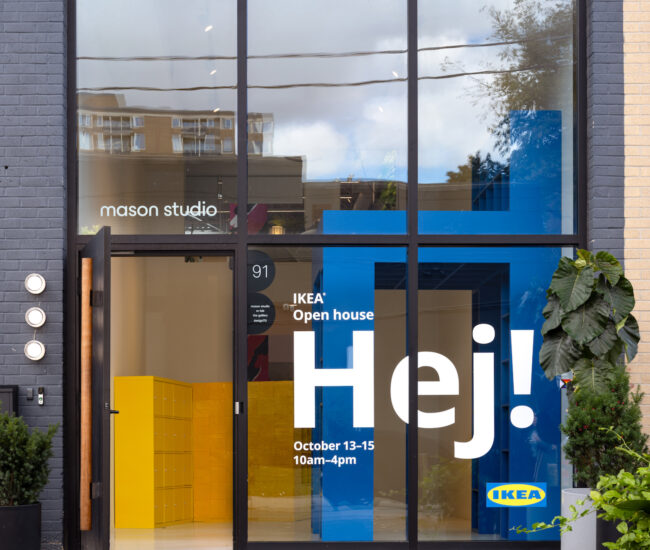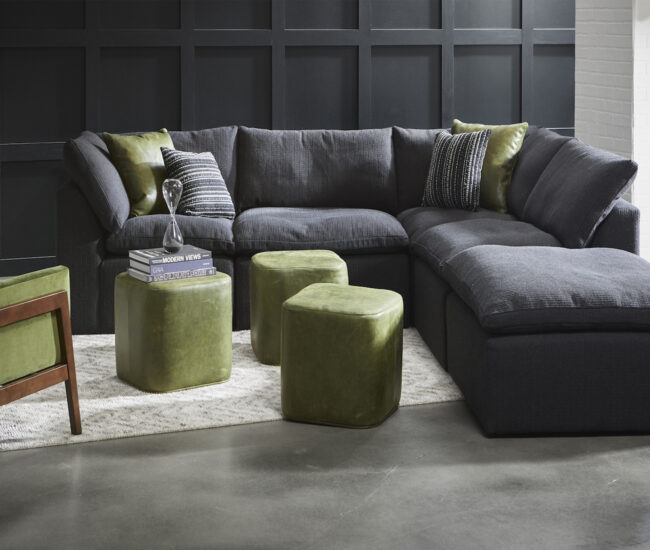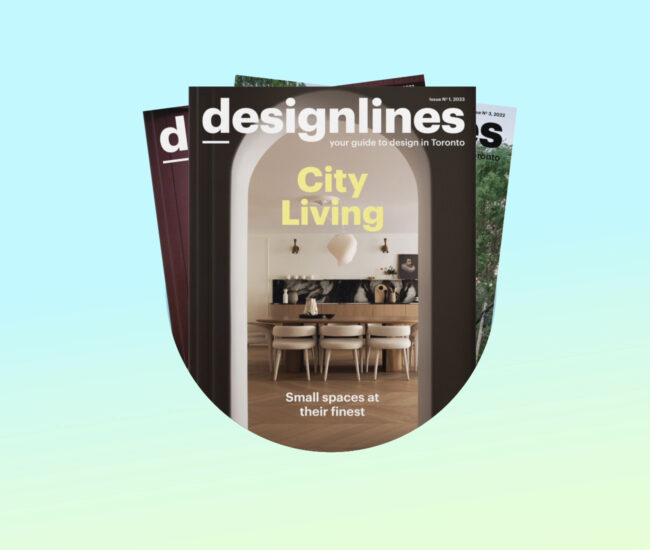A Little Portugal Triplex is Reborn as an Energy-Efficient Rental
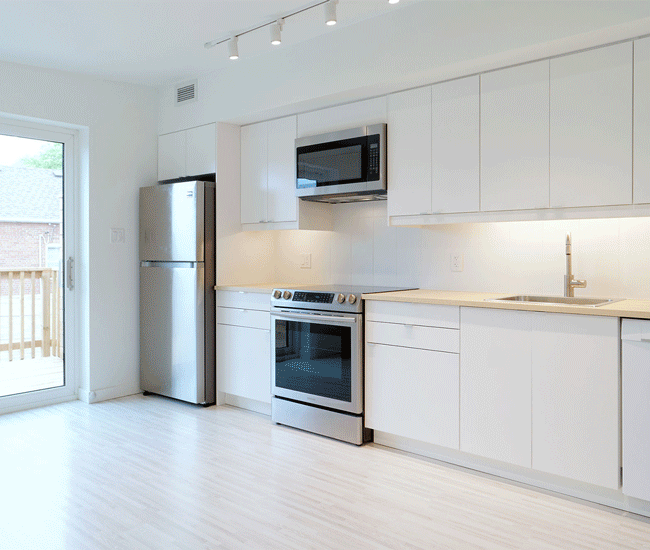
With their Eco-Flats series, Solares Architecture wants to bring sustainable, air-tight design to the leasing market.
Back in 2018, Tom Knezic and Christine Lolley of Solares Architecture were on the lookout for a new property to transform. The one they found, a run-down triplex nestled in the heart of Little Portugal, was their perfect match. Experienced in sustainable design, the couple wanted the home to be an energy-efficient rental. “What drew us to this house was that it was so high off the ground, so the lower level wouldn’t feel like a basement, “says Knezic.

Meeting sustainability requirements — especially Passive House — in a renovation is no easy feat. It requires careful attention to the existing structure’s lacks, and an ingenious approach to rebuilding that keeps new materials to a minimum. To be energy efficient, the house needed to be extremely well insulated, which is more difficult than it sounds. Most homes, even those built to modern standards, are constantly leaking heat in the winter (and cold air in the summer).

The Solares team knew it wouldn’t be a cakewalk, but they also had standards. “We thought ‘We can’t just fix this place up and rent it. We have to do this right’,” says Knezic. They named their newest project Eco-Flats #2, the second in a series that began almost 10 years ago. Their priority was exemplary energy-efficiency combined with comfortable, livable rental space. Each unit got its own entrance to differentiate them and to create a sense of privacy. Built around open floor plans, the apartments are modern and compact, with large, bright windows.

Insulation was key, so Knezic employed a combination of air barrier tape, parging (the application of a cement coating on vulnerable areas) and acoustic sealant, as well as insulation spray foam to achieve his desired results. As a final measure, they used an Aerobarrier system, an insulation technology that sprays minuscule sealant droplets into the air at a pressurized force, blocking off even the smallest holes in the building envelope.

Then, just as construction finished, they turned on the heating and took a thermal camera image to test heat loss on the new reno. The result is clearly visible — especially contrasted with a neighbouring control situation. According to Knezic, “The house next door is exactly what this one used to be, so it’s easy to see the difference.” The building started with a leakage rate of 10 ACH (air changes per hour) before construction. After the reno, the number dropped to an impressive 0.34 ACH.

The extra effort pays off as their energy bills are way down (they pay utilities for their tenants). “The interesting thing is that if you design it properly, you’re actually not going to use that much electricity. We track the bills and it’s not outrageous.” The energy efficiency isn’t the only benefit — they’ve also managed to lower their carbon consumption significantly — the equivalent to taking four and a half cars off the road per year. They’ve also invested in the lives of their tenants, building rental homes that cater to both the environment and quality of life. We imagine there is “pride of rental” in these Eco-Flats — after all, energy-efficient rentals are hard to come by.
Inside, the design is understated, clean and timeless. “It was very well received and rented right away. Our tenants are staying long-term.” The model for energy-efficient rentals is one the firm is continuing to replicate in Toronto— Eco-Flats #3 is already on its way. www.solares.ca


